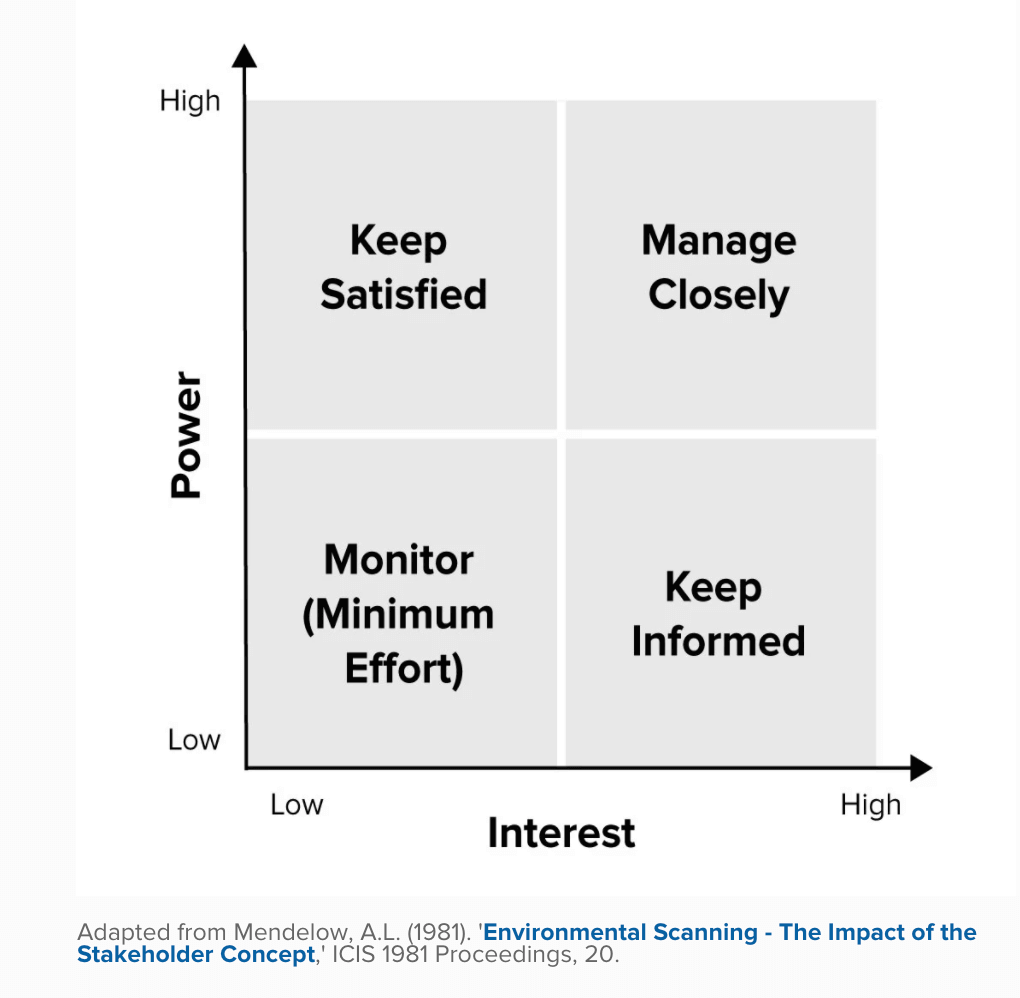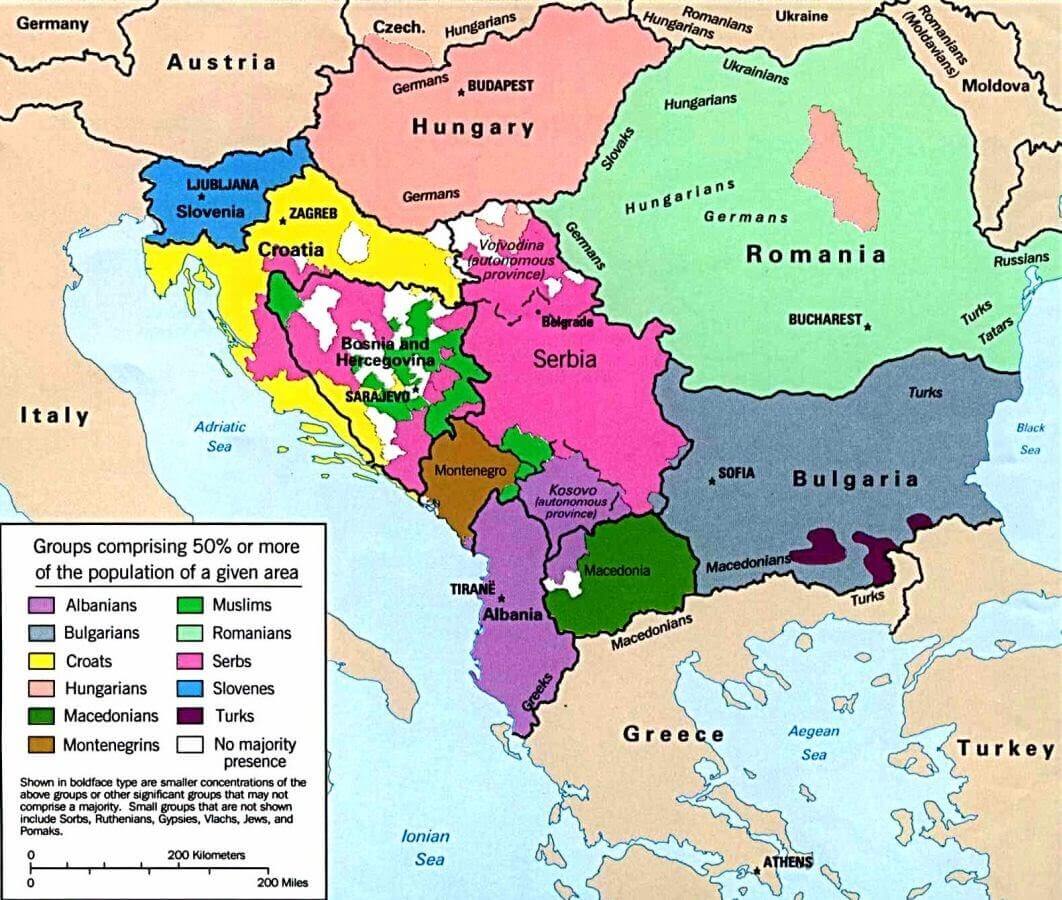“Prevention is better than cure.” – Desiderius Erasmus
One of the common mistakes made by political analysts and even political scientists is that politics is something done by other people, usually people in exalted positions of power. However, as Ruth Lane points out in The Complexity of Self Government: Politics from the Bottom Up, “people standing alone in the shower are political every inch of the way.” People have goals, beliefs, values, hopes, passions, and associated strategies that define their personal selves. In many cases, these personal characteristics will align with those of others — but not always. And these differences can lead to conflict.
Human existence is political. Where there are people, there are politics.
Below, I’ll share a few strategies that can help you drive alignment and consensus with internal stakeholders, and ultimately, ship better product.
Don’t wait until you unveil your product strategy to get feedback
No matter how brilliant, noble, innovative, etc. your product goal may be, you will never have 100% alignment between all of your internal stakeholders. In my experience, this is one of the most frustrating parts of product management. You, as a PM, are on a crusade, armed with all of the relevant research, to develop a brilliant product that will benefit your organization. But, for some reason that you can’t quite fathom, Mark in finance doesn’t agree with your data or Sandra in marketing doesn’t think that the product-market fit is quite right. Despite all of your hard work, they just don’t get it.
And this brings me to the first mistakes many PMs make when dealing with internal detractors: waiting until you unveil your product strategy to get feedback.
If you haven’t been engaging with your internal stakeholders while formulating your product strategy, then you’ve ignored a powerful influence on the success of the said strategy. As obvious as this may seem, many PMs become so obsessed with user and customer feedback that they ignore the other stakeholders that are required to deliver your product. By including internal stakeholders in the strategy formulation process, you are much more likely to get buy-in and negate detractors.
Identify your stakeholders and their influence on the success of your product
The first task in working on your product strategy is to identify your stakeholders. One of the best techniques for this is by building a stakeholder map. Stakeholder maps help not only to identify the various stakeholders but also to determine their relationships with each other.
Once you have identified your stakeholders, remember this maxim: All stakeholders are equal, but some are more equal than others! Communication is one of, if not the most, important competencies of a great PM. However, despite common advice to the contrary, over-communication can be a detriment. Great PMs understand that you need to tailor your communications to specific stakeholder groups. Some stakeholders need to be kept constantly aware of the status of your strategy. Others only need sporadic updates.
Successful PMs also build effective communication plans. The best way to start one is by segmenting your stakeholders using the Power/Interest Matrix (PIM). As its name suggests, the PIM allows you to analyze your stakeholders by taking into account their power and interest; it assumes that people take a low or high interest in your product and have low or high power.

High-power, highly-interested people
This group needs to be managed closely. You must fully engage these people and make great efforts to satisfy them. These people, if detractors, have the greatest ability to derail your strategy.
High-power, less-interested people
Keep these individuals satisfied, but don’t over-communicate. For example, you might have a senior VP of another area who is happy for you to lead your product strategy but doesn’t need to know the granular details. However, if this VP is kept out of the loop, they have the power to negatively influence your endeavors.
Low-power, highly-interested people
This group may have less power to derail your strategy, but highly-interested stakeholders can be leveraged as advocates for your strategy. When correctly managed and informed, these individuals can play a vital role in supporting your initiative. A common example of this type of stakeholder is a subject-matter expert or support staff who will have a high interest in the success of your strategy but would not have the power to derail it.
Low-power, less-interested people
You need to monitor this group of stakeholders. Don’t bore them with too much communication but do keep an eye on them so that they don’t become detractors.
Once you have segmented your stakeholders, you can build effective communication plans, particularly for those stakeholders with high power and interest.
Whilst tools like stakeholder maps and PIMs help to identify your stakeholders and their influence on the success of your project, great PMs go beyond these techniques and become political in the pursuit of their product strategy.
Great PMs identify their product’s centripetal and centrifugal forces
Political geographer Richard Hartshorne coined the theory of centripetal and centrifugal forces that shape a country’s well being and prosperity. Centrifugal forces pull people apart, and centripetal forces bring people together. A united society has more centripetal forces than centrifugal ones.
A first-class infrastructure is a centripetal force in a state. The Indian railroad is a classic example. As it is available to all citizens, all the resources of the country are accessible, making life easier for everyone. A more recent example of a centripetal force was the coming together of people to combat the transmission of COVID-19. States like New Zealand and South Korea took immense pride in their resilience and ability to come together to achieve the singular goal of combatting the virus. Conversely, centrifugal forces often manifest as beliefs, culture, or economic activities that pull people apart.
Avoid the Balkanization of your product strategy

If you have a number of stakeholders with conflicting perspectives that are detracting from your product strategy, then you are at risk of the Balkanization of your product strategy. This is the process by which your strategy breaks down through struggles with various groups.
Find out early where your product strategy misaligns with their values. Identify any possible centrifugal forces and mitigate against them. Likewise, find parts of your strategy that are centripetal. What do your stakeholders admire about your strategy? How can they leverage value from your product and its success? This will help to unite your stakeholders and negate detractions.
It is extremely frustrating to work tirelessly on your product strategy only to find that you have internal detractors that can’t or won’t see the value in it. However, it is also naive to believe that people will immediately agree with your strategy and value proposition. To avoid creating detractors, or at least mitigate against strong detractions, PMs must be politically savvy. PMs should engage internal stakeholders early and include them in the formulation of their product strategy. Also, PMs must place as much importance on the views of internal stakeholders as they do on those of external stakeholders. They can do this by identifying key stakeholders, developing effective communication plans, and identifying what unites and divides them with regards to the product strategy. After all, preventing detractors is much easier than curing them.

